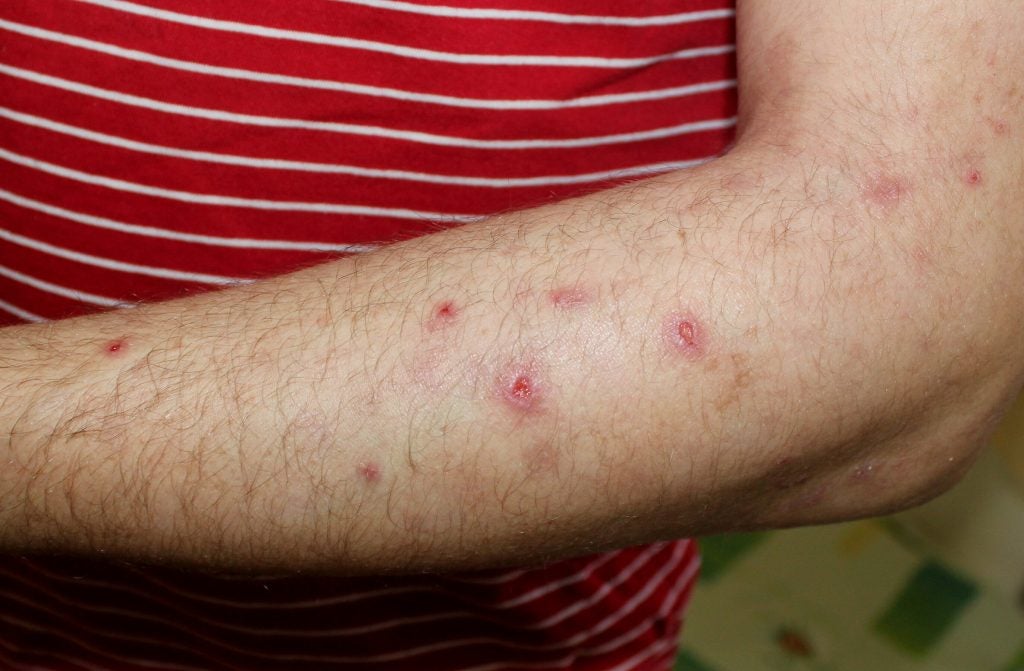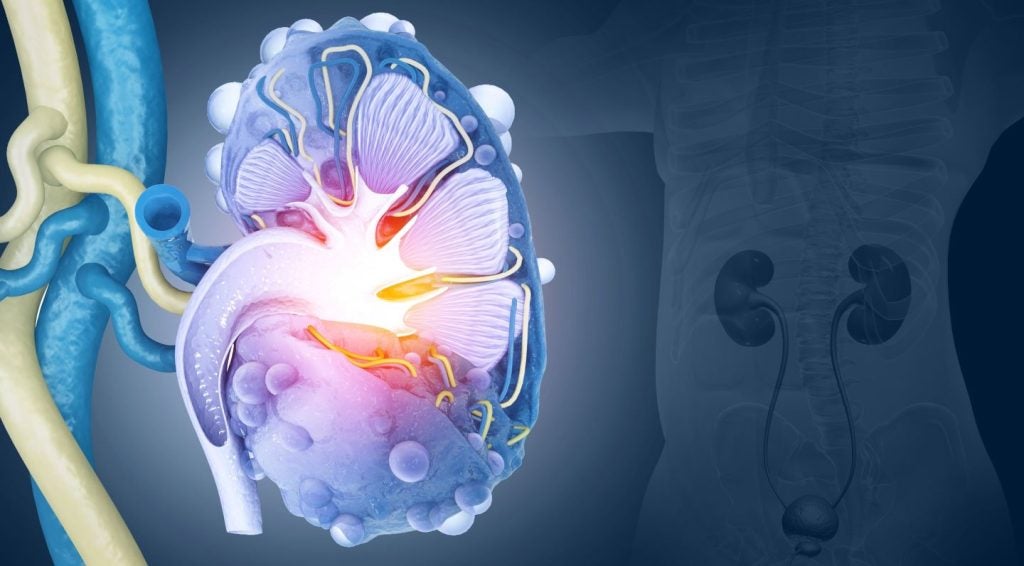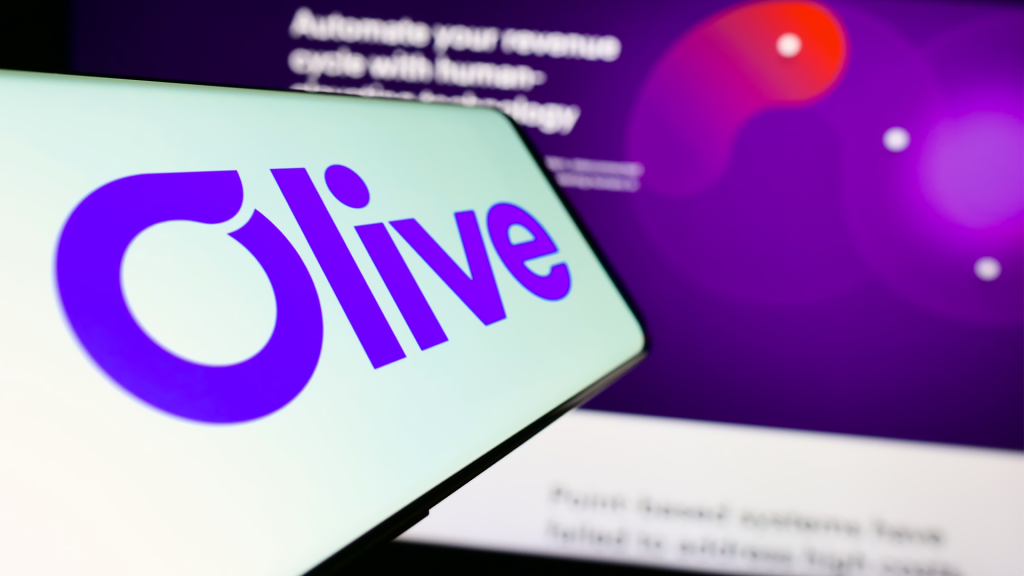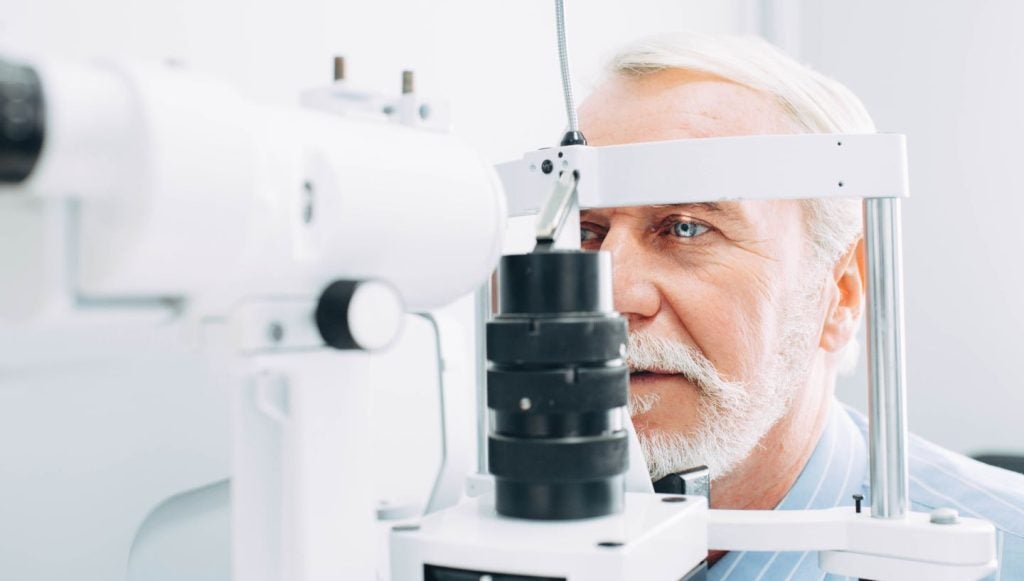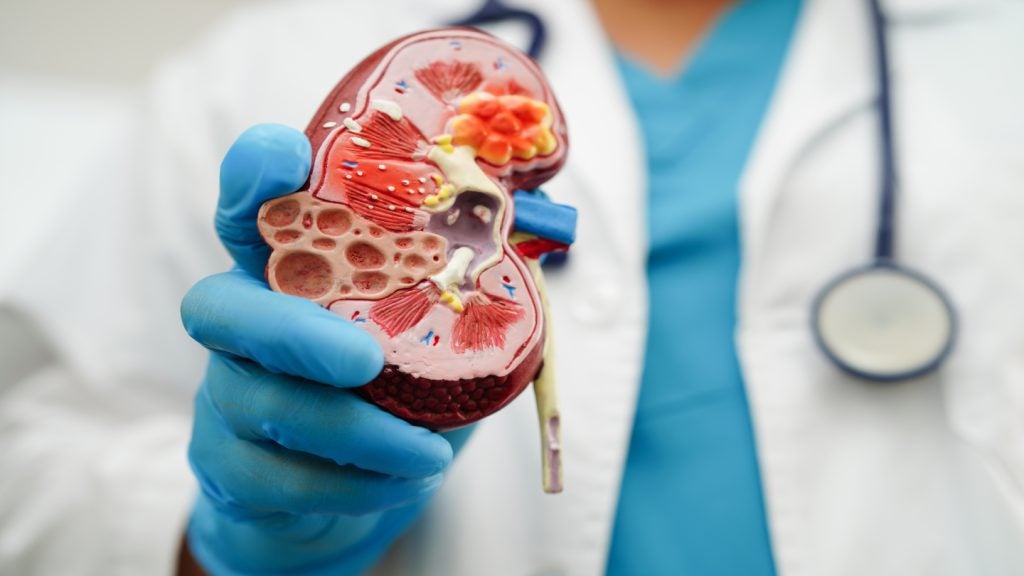Celldex Therapeutics has announced that barzolvolimab has demonstrated a meaningful reduction in itch and skin clearing in the Phase Ib prurigo nodularis (PN) trial.
Results from the double-blind, randomised Phase Ib study (NCT04944862) of 24 adults show that barzolvolimab reduced itch and skin clearing while also being well tolerated.
The primary endpoint of the study was safety with secondary endpoints of changes from baseline in the Worst Itch-Numerical Rating Scale (WI-NRS) and Investigator Global Assessment (IGA).
Celldex plans to initiate a Phase II PN study in early 2024.
Barzolvolimab is a humanised monoclonal antibody that specifically binds the receptor tyrosine kinase KIT with high specificity and potently inhibits its activity, which is required for the function and survival of the mast cell.
According to GlobalData’s Pharmaceutical Intelligence Centre (PIC), the candidate is also being investigated in eosinophilic esophagitis, chronic spontaneous urticaria, and chronic inducible urticaria. Global sales for barzolvolimab are expected to reach $649m in 2029, according to GlobalData’s consensus forecasts.
Phase Ib results
Patients were randomised into 3mg/kg and 1.5mg/kg doses of barzolvolimab, and placebo. Patients were evaluated for clinical activity over a period of eight weeks with follow-up for safety and efficacy at 24 weeks.
Patients in the 3mg/kg cohort achieved rapid and durable reductions in itch and healing of skin lesions and the candidate was well tolerated.
At week eight, the percentage of patients with a four-point decrease in WI-NRS was 57% in the 3mg/kg cohort, 43% in the 1.5mg/kg cohort and 25% in the placebo arm. This level of response was seen as early as the first week in the 3mg/kg cohort.
At week eight, 29% of the 3mg/kg patients achieved clear or almost clear skin in the IGA score. For some, this was noted as early as week two and maintained to week 12/16. No patients treated at 1.5mg/kg barzolvolimab or placebo achieved clear or almost clear skin in IGA score through week eight.
Adverse events (AEs) were generally mild to moderate and were considered unrelated to treatment. During the initial eight-week observation period, an anaphylactic reaction was observed in a patient with multiple comorbidities in the 3mg/kg cohort. The event was fully resolved without sequelae. Generally, AEs seen during the 24-week follow-up period were consistent with comorbidities commonly observed in the PN population.


